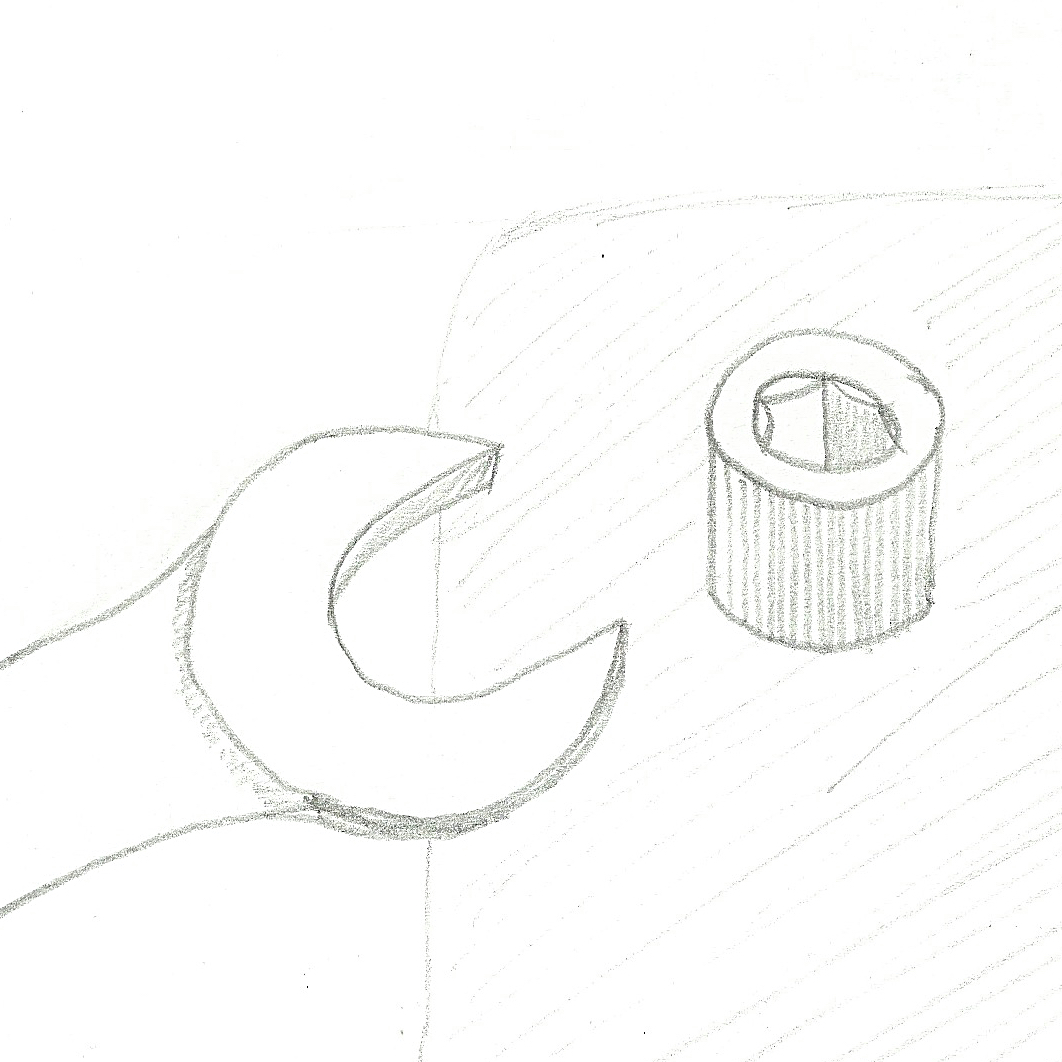When you leave corporate life you have a wealth of experience, skills, abilities and knowledge and you start out with the certainty that these will stand you in good stead in whatever you do next. It’s not an unreasonable assumption, it just happens to be wrong.
What you find out is that much of what you know is irrelevant, and some of it can be positively harmful. It’s like trying to work on a new car with a set of trusty old spanners. You find your spanners don’t fit because they’ve changed the nuts to different shapes and sizes. The trouble is, well, all you’ve got is your old set of spanners, so you have go anyway. Not only do the nuts remain stubbornly unloosened, you’ve now burred the edges and even the right spanners won’t work.
You end up hot, angry and frustrated, and are going to have to pay someone a lot of money to sort out the mess. (Believe me, I speak from experience).
This pattern has played itself out in my experience since leaving the Mothership.
One of the things that I tried to do was to replicate my old working routine. I really struggled when I was at home so I ‘went to work’ and travelled up to London for meetings on a regular basis, working in coffee bars or coworking spaces. This felt like how I used to make connections and start relationships back on the Mothership. Walking around and hanging about has been my favoured modus operandi.
The problem was that I was replicating the appearance but not the substance. I thought it was enough to be hanging out with people in business-like spaces but it didn’t work because often they weren’t the right people. They were perfectly lovely but without the shared purpose, values and culture of a large organisation it was difficult build meaningful relationships. I wasn’t loosening the nut of networking or getting things done.
I eventually realised that working at home was part of my new lifestyle and so I consciously changed my attitude and behaviours. Now I am quite happy working at home 2 or 3 days a week and limiting my meetings and trips to London. I am no longer playing ‘lucky dip’ when I meet people and I only meet those where I feel those meaningful relationships could develop.
A second example is my behaviour from corporate life to ‘make things happen’. I would create a vision of what I wanted to happen, such as a new product line or a marketing programme, gather the team together and then drive it through. I didn’t manage most of the people in the teams so I had to persuade them to do what I wanted rather than tell them.
I was good at working like this and mostly got what I wanted. Although my approach was gentle, I knew that, ultimately, people had responsibilities that they couldn’t avoid and I could pin them down with logic or wear them down with persistent pleading. A steel hand in a velvet glove, I could force the outcome that I wanted.
It did not work well, however, when I tried to collaborate with other people and help them develop their business idea. On the Mothership, my forcing behaviour created a pressure that tended to highlight our shared objectives and pull people together. Now, it made my would-be collaborators feel uncomfortable and highlighted our differences, pushing us apart and causing them to disengage. It was proving counter-productive, sabotaging the relationships I had established and choking off opportunities.
It’s taken me a long time to realise this, so ingrained was this forcing behaviour into my way of doing things. I was unable to see the impact on others and that I was allowing my needs to trample over theirs, quite the opposite to how I believed I was behaving. Instead of loosening the collaboration nut, I was burring the head and jamming it on tighter than before.
Of course, some of the tools you have do fit and do work in the world outside the Mothership and others can be modified and still be effective. Some, however, are going to have to be chucked and replaced with new ones. You have to gather a set of tools that are fit for purpose, fit for what you are working on now.
The trick is to be aware and check first. Like with your spanners, offer it up and see if it fits first. Apply it gently, don’t just use brute strength. And ask around to see if anyone else has the tools that you need or knows where you can get them. It will take time and a lot of trial and error but you will eventually assemble the right tools for the job in the situation you are now in.
